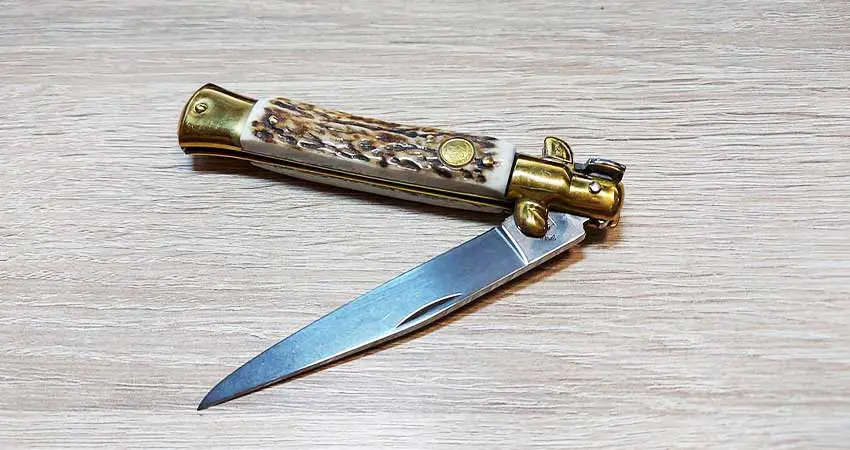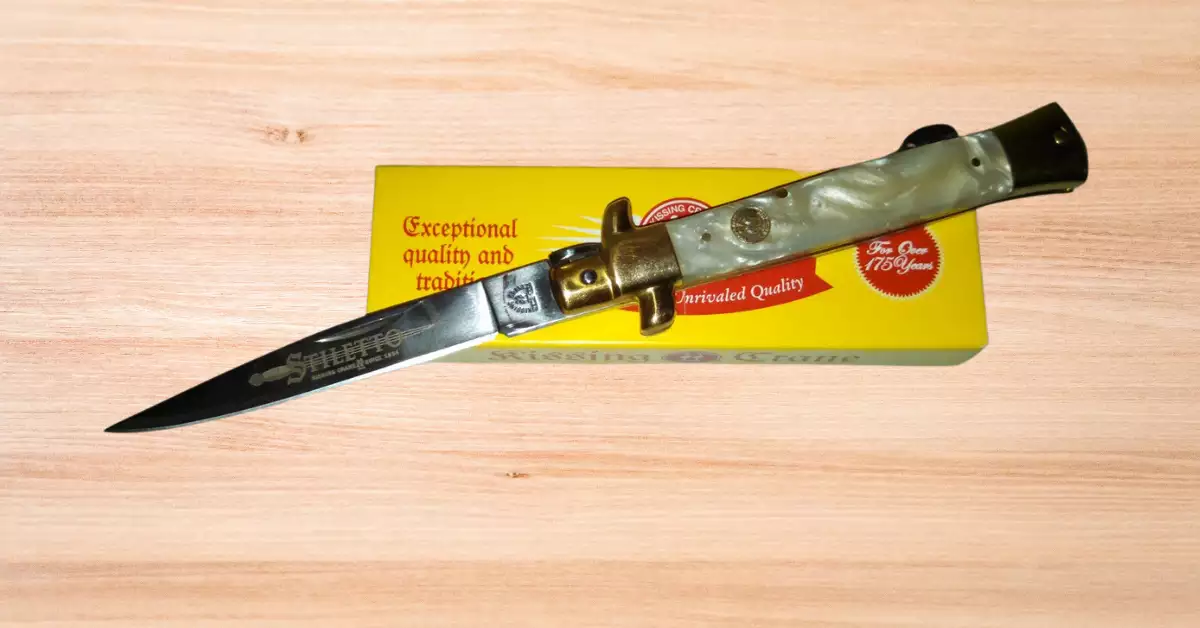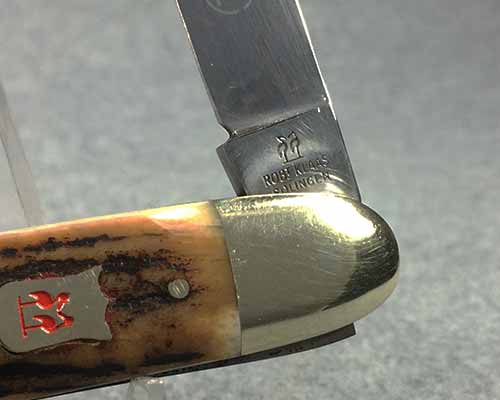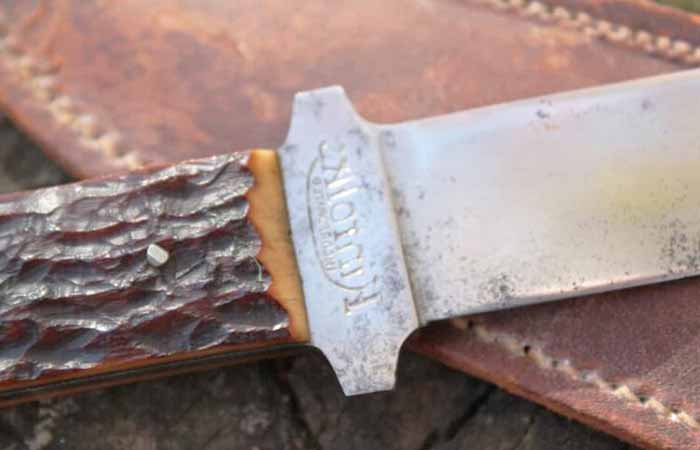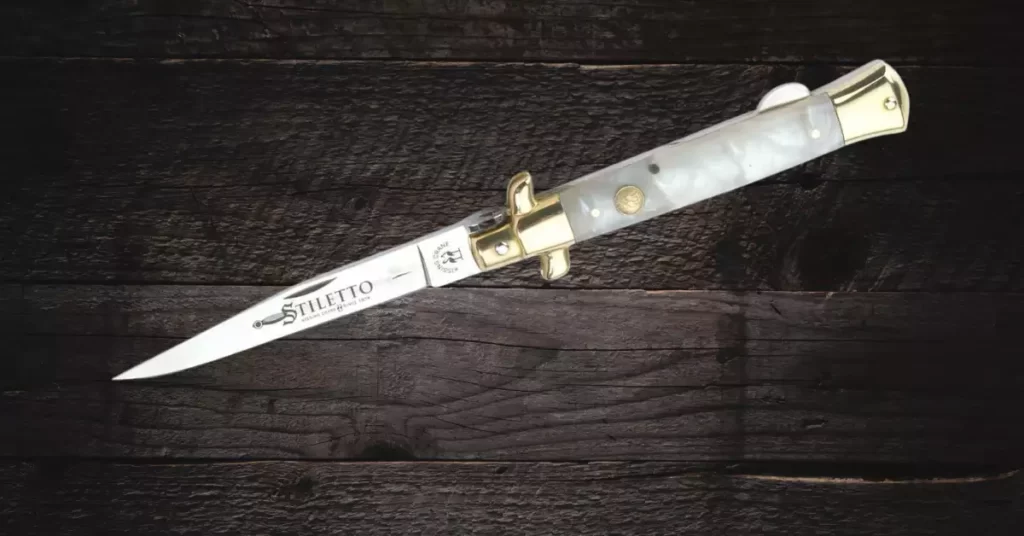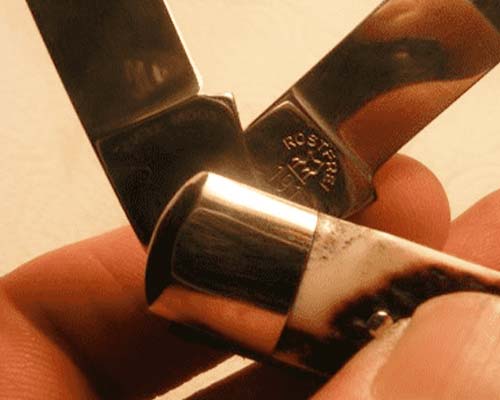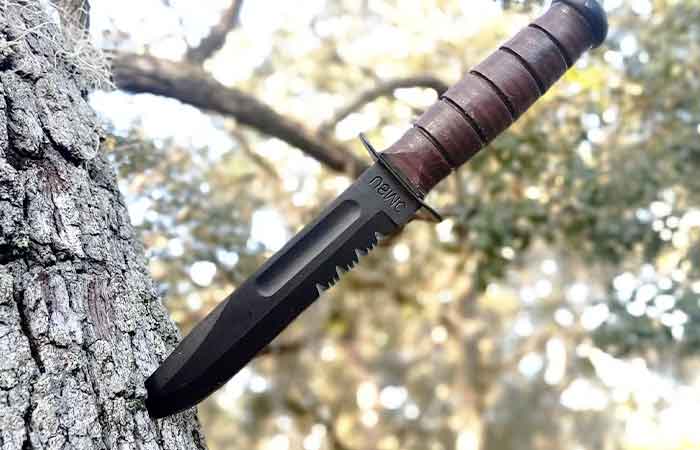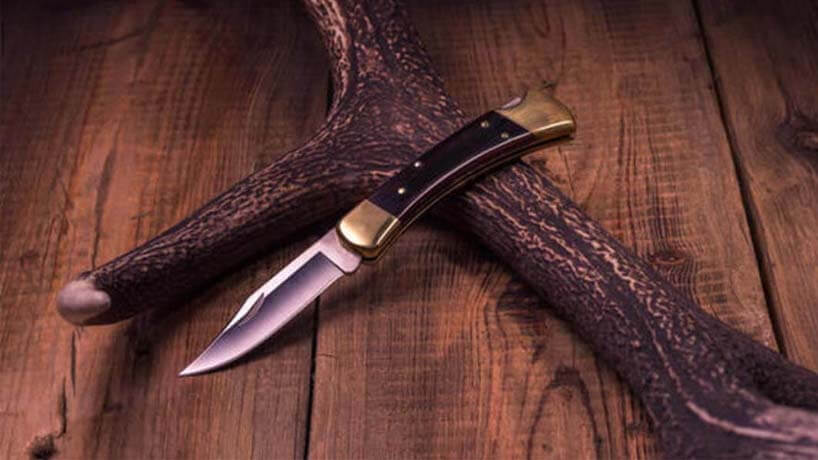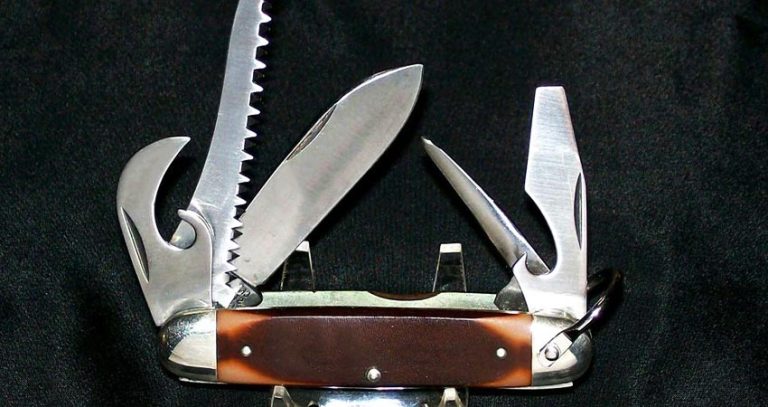How To Date A Kissing Crane Knife
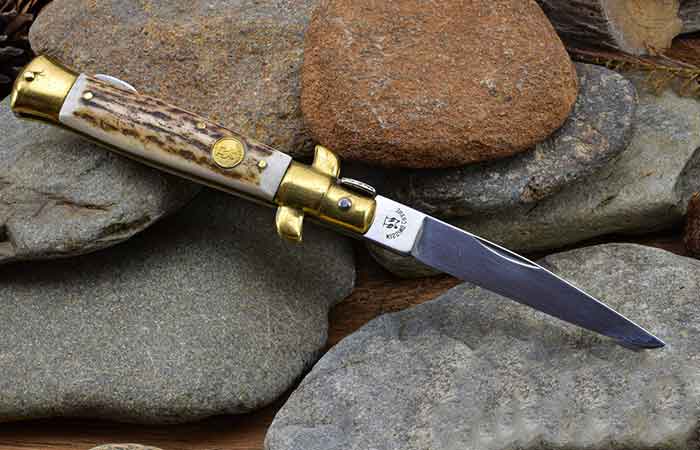
Imagine a weathered hand, calloused but gentle, carefully turning a pocketknife over in the light. The glint of polished steel catches the eye, but it's the delicate etchings on the tang that truly captivate – two graceful cranes, beaks almost touching, a symbol of enduring partnership. This isn't just a tool; it's a piece of history, a tangible link to a bygone era of craftsmanship.
Dating a Kissing Crane knife can be a rewarding journey for collectors and enthusiasts alike. Understanding the nuances of the company's marks, blade styles, and handle materials allows you to pinpoint the age of your treasured blade, adding depth and value to your appreciation.
The Legacy of Kissing Crane
The story of Kissing Crane begins in Solingen, Germany, a city renowned for its blade-making tradition. In 1826, the firm of Robert Klaas was established, quickly gaining a reputation for quality and innovation.
It wasn't until the late 19th century that the iconic "Kissing Cranes" trademark emerged. The intertwined birds, symbolizing good luck and a lasting bond, became synonymous with the brand's commitment to excellence.
These early knives were highly sought after, known for their meticulous construction and durable materials. Skilled artisans crafted each blade, ensuring precision and longevity.
Early Marks and Tang Stamps
The first step in dating your Kissing Crane knife is to examine the tang stamp, the marking on the blade's base. Early knives often featured a simple "Robert Klaas Solingen" stamp, reflecting the company's origins.
Over time, the stamp evolved to incorporate the Kissing Cranes logo. Variations in the design and placement of the cranes can provide clues about the knife's age.
Pay close attention to the font used in the stamp. Changes in font style can often be correlated with specific periods of production.
Blade Styles and Materials
The blade style itself can offer valuable insights. Common styles found in Kissing Crane knives include clip point, spear point, and sheepsfoot blades, each with its own variations throughout the years.
Early models frequently utilized high-carbon steel, prized for its sharpness and edge retention. Later knives may incorporate stainless steel, offering increased resistance to corrosion.
Handle materials also provide telling details. Stag horn, bone, and mother-of-pearl were popular choices in older knives, while more modern examples may feature synthetic materials.
Dating Through Handle Characteristics
The handle of a Kissing Crane knife is more than just a grip; it's a canvas that reflects the design sensibilities of its time. The choice of material, its embellishments, and even the way it's pinned or riveted to the blade can tell you much about its origins.
For example, a knife with stag horn handles, secured with intricate nickel silver bolsters, is likely to be older than a model with plastic scales and simple brass pins. The details matter.
Examine the pins or rivets holding the handle scales in place. Early knives often used domed pins, whereas later models might feature flush rivets or even screws.
The Significance of Bolsters and Liners
Bolsters, the metal pieces at either end of the handle, are not just decorative; they add structural integrity to the knife. Their material and design can be another dating indicator.
Nickel silver bolsters are common on older Kissing Crane knives, often featuring intricate file work or etching. Stainless steel bolsters are more indicative of later production.
Liners, the thin metal pieces that separate the handle scales from the blade, can also provide clues. The presence of brass liners often suggests an earlier date than stainless steel liners.
Researching and Comparing
Once you've examined the physical characteristics of your knife, it's time to dive into research. Online forums dedicated to knife collecting, as well as books and catalogs, can be invaluable resources.
Compare your knife to known examples with established dates. Pay attention to subtle differences in the tang stamp, blade style, and handle materials.
Engage with other collectors and experts. Sharing photos and asking questions can often lead to new insights and accurate dating.
Online Resources and Collector Communities
Several reputable online resources can help you date your Kissing Crane knife. Bladeforums and similar communities offer a wealth of information from experienced collectors.
Knife-specific databases and catalogs often provide detailed information on tang stamps, blade styles, and handle materials used by Robert Klaas throughout its history.
Tip: When posting questions online, provide clear photos of your knife, including close-ups of the tang stamp and handle. The more information you provide, the more accurate the responses you'll receive.
The Value Beyond the Date
While accurately dating a Kissing Crane knife adds to its historical significance, the true value lies in its craftsmanship and enduring appeal. These knives represent a tradition of excellence, a testament to the skill and dedication of generations of blade makers.
Each scratch, each imperfection, tells a story – a story of use, of care, and of the lasting bond between a person and their tool.
Whether your Kissing Crane knife is a treasured family heirloom or a recent acquisition, taking the time to understand its history enriches your appreciation for this timeless classic.
In the end, dating a Kissing Crane knife is more than just a technical exercise; it's an act of preservation, a way to connect with the past and ensure that these beautiful blades continue to be valued for generations to come. The intertwined cranes serve as a reminder: some bonds, like a well-crafted knife, are meant to last.
